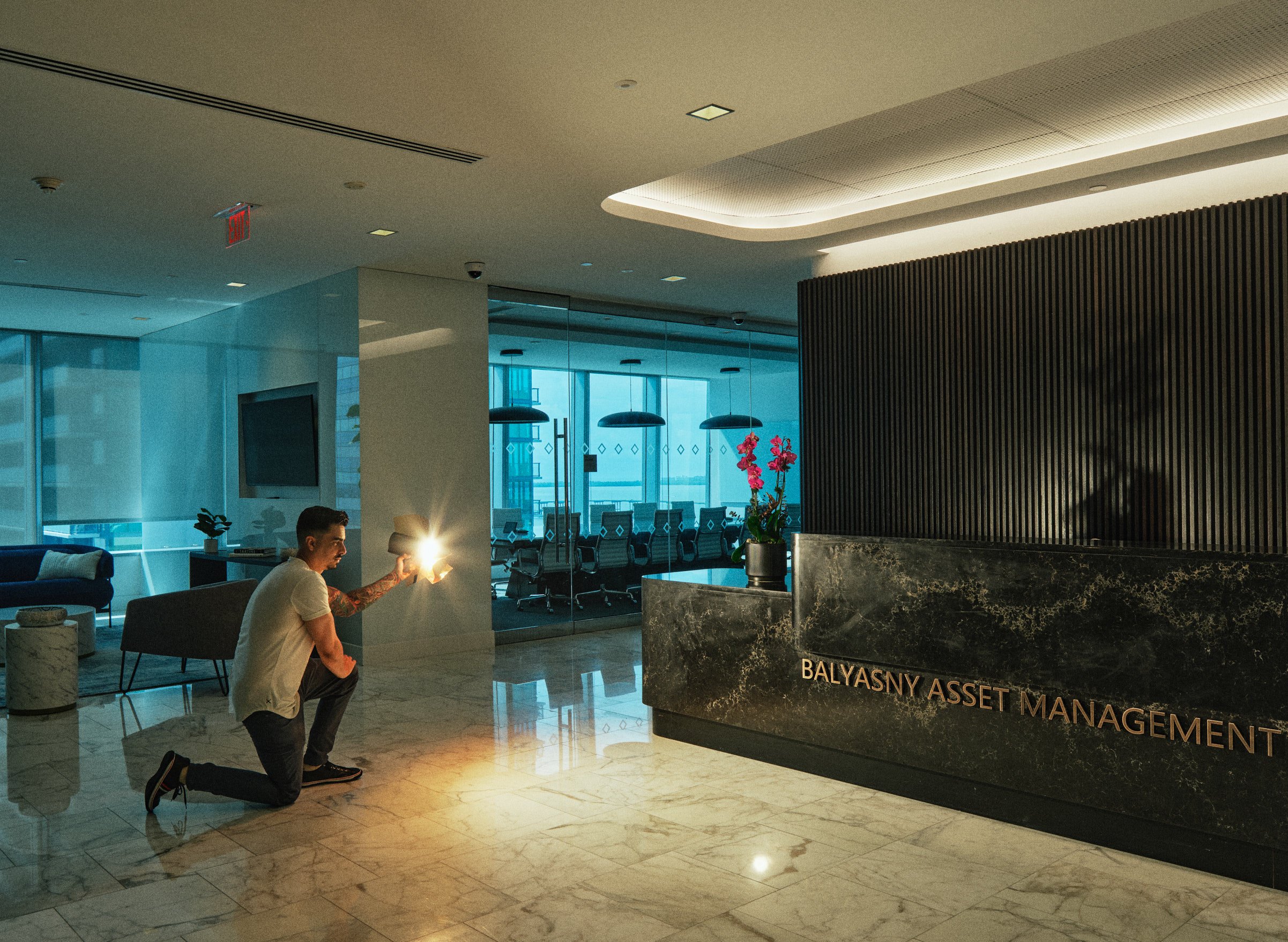Architectural Photography
The Shoot Day
My style of architectural photography is motivated by the ambient light of a space in conjunction with the mood and the overall aesthetic: tones, texture, color pallet. These are the factors that influence the final look of an image. I do use a fair bit of flash photography in my work, but not to distort what the natural light offers. Rather to enhance or polish it. At times, I’ll use flash to recreate a look that might only be possible at a specific time of day if there’s a conflict of schedule that might require us to shoot something at a different time.
This is why a tech scout is so important. The benefits can’t be emphasized enough. Having a plan speeds up our workflow and goes a long way towards keeping things on schedule. Being ahead of schedule also lets us preserve enough creative energy to improvise fresh, creative angles that quite often end up being some of the best shots of the set.
We’ll shoot tethered to make it easier to evaluate compositions on the spot and make appropriate adjustments to composition, lighting, staging, props and anything else that needs to be nudged. Expect to spend a good chunk of the day staging the scene, whether its moving furniture or steaming bed sheets. I wouldn’t shoot a headshot without directing my model to get the best pose and expression out of him/her. We should expect no less from an architecture photographer. There’s a difference between what looks good in person and what looks good on camera. Choice of lens and composition might require us to make changes that might look odd to our eyes, but just right in camera similar to how sometimes the best poses for a person can feel a bit weird or funny but translate to powerful expressions in camera.
Lucky for us, my assistant is a non-negotiable variable of the equation on every shoot. He makes everyone’s life easier by being an extra pair of hands and an extra set of eyes in much the same way that a professional golfer relies on his caddy. Architecture photos often require a fair bit of set up for things such as: rearranging furniture, flagging windows, setting up lights etc. He also assists with logistics and handles any odds and ends that could delay the shoot, such as redirecting clueless pedestrians from walking into our shots. Without him, the process would be significantly slower, hence the “non-negotiable” part.



